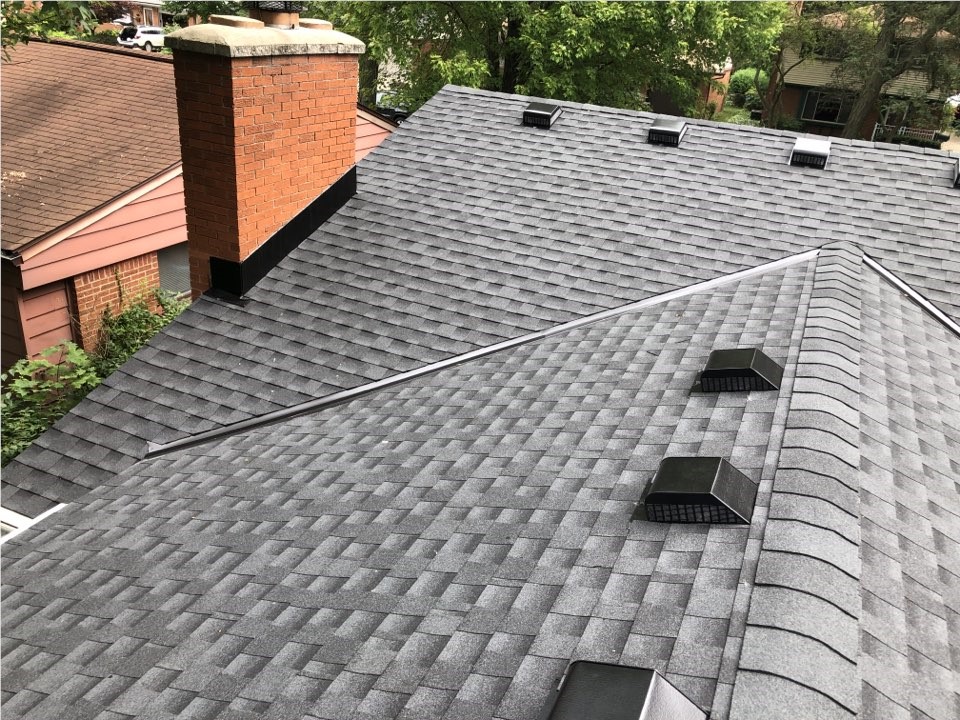
Your attic is more than a place to stash holiday decorations. It’s a critical component of your roof system that should allow cold air to flow in and warm air to exit the attic.
Why Does My Attic Need to Be Ventilated?
Your attic needs to have ventilation due to heat and humid air build-up. Hot and humid air that collects in your attic space creates conditions that are conducive for mold and mildew formation. Untreated hot air in your attic can lead to your roofing materials deteriorating sooner than later and even lead to rot.
The Top 4 Signs That You Have Poor Attic Ventilation
Determining that you have poor attic ventilation isn’t something that you notice immediately. It may be over the course of time before the symptoms start to appear.
Deteriorating Roofing Materials
There is some metal that is visible in your attic. This could be nails, flashing, or strapping to hold ductwork in place. If this metal starts to show signs of rust, it could be that the attic is too humid and not necessarily a roof leak.
If you’ve determined that there isn’t a leaky roof, then you should reach out to a roofing company to inspect your attic venting and attic insulation levels.
You can also check to see if the soffit vents are blocked. A blocked soffit vent does not allow air to enter the attic which traps hot air in your attic.
Additionally, make sure that no appliances or bathroom are vented into the attic. Your bathroom vent and kitchen hood vent push hot and humid air out and should be vented outside of the home instead of the wall cavity or attic.
Ice Dam Formation
Ice dams can form when your attic space is too warm. The snow and ice that has accumulated on your roof will melt. This seems like a good thing until it meets the eaves, which are cooler. The melted ice and snow refreeze.
As the mass freezes, it expands and can push under your shingles. When the ice lifts your shingles, it can create a leak in your roof and exterior walls.
Read more about how to prevent an ice dam this winter.
Build-up of Mold and Mildew in the Attic
Mold and mildew formation is a result of too much heat and humidity in the attic. Unaddressed mold and mildew will lead to roof rot and larger problems, such as premature roof failure and structural issues.
Heat Build-Up in the Attic and Upper Floors
An attic with trapped heat can cause your air conditioner to work overtime during the summer months. That hot air can permeate to the upper floor of your home causing higher than normal cooling bills.
Your attic space should be sealed off from the upper floor of your home. Any areas where air can enter the attic should be sealed off.
Cables, pipes and your chimney will exit out of the main part of your home and into the attic. Those are all points where air can enter. Seal those off to prevent heated and cooled air from leaving your living space.
Improving Attic Ventilation
Improving the ventilation in your attic doesn’t require an inordinate amount of work. It could stem from blocked roof vents or insufficient insulation. Adding extra ventilation isn’t difficult and can be beneficial until the next full roof replacement of your home.
Types of Attic Ventilation
There are two categories of attic ventilation; active and passive. Which type your home requires is determined by the needs of your roof system to effectively increase air flow in your attic. The end goal is to protect your home from heat buildup.
Passive Vent System
Gable vents, ridge vents, and turbine vents are all examples of a passive system. In a passive system, air naturally flows in the intake vents and the hot air flows out naturally. Adding a turbine or turtle vents will enhance the air flow out of the home.
Active Vent System
An active vent system seeks to expel air. A solar vent system requires no electricity and uses a humidity gauge so when levels inside your attic reach a particular point, the solar vent kicks on and starts to pull the hot and humid air out. There are hardwired vents on the market too that work the same as the solar vent system.
Shanco is the Leading Roofing Specialists Serving Washington DC Metro, NOVA, and Richmond
Shanco has earned industry awards from Angi, Roofer Contractor, and maintains an A+ BBB rating. In our 20 + years, we’ve helped countless homeowners diagnose their roofing needs. If your home is struggling with ventilation or leaks, contact our team for a free consultation.
Tags
Subscribe to Shanco's Blog


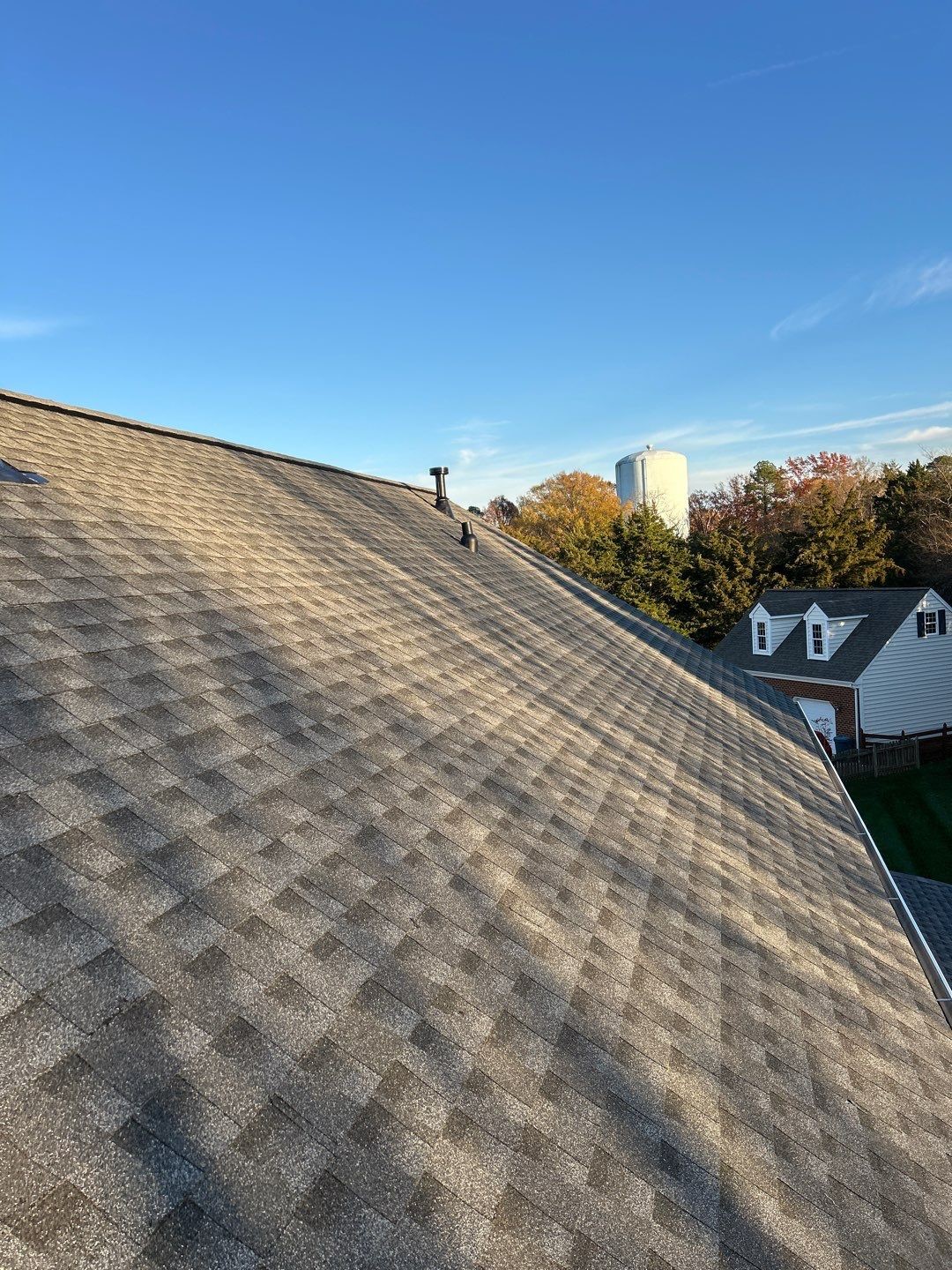
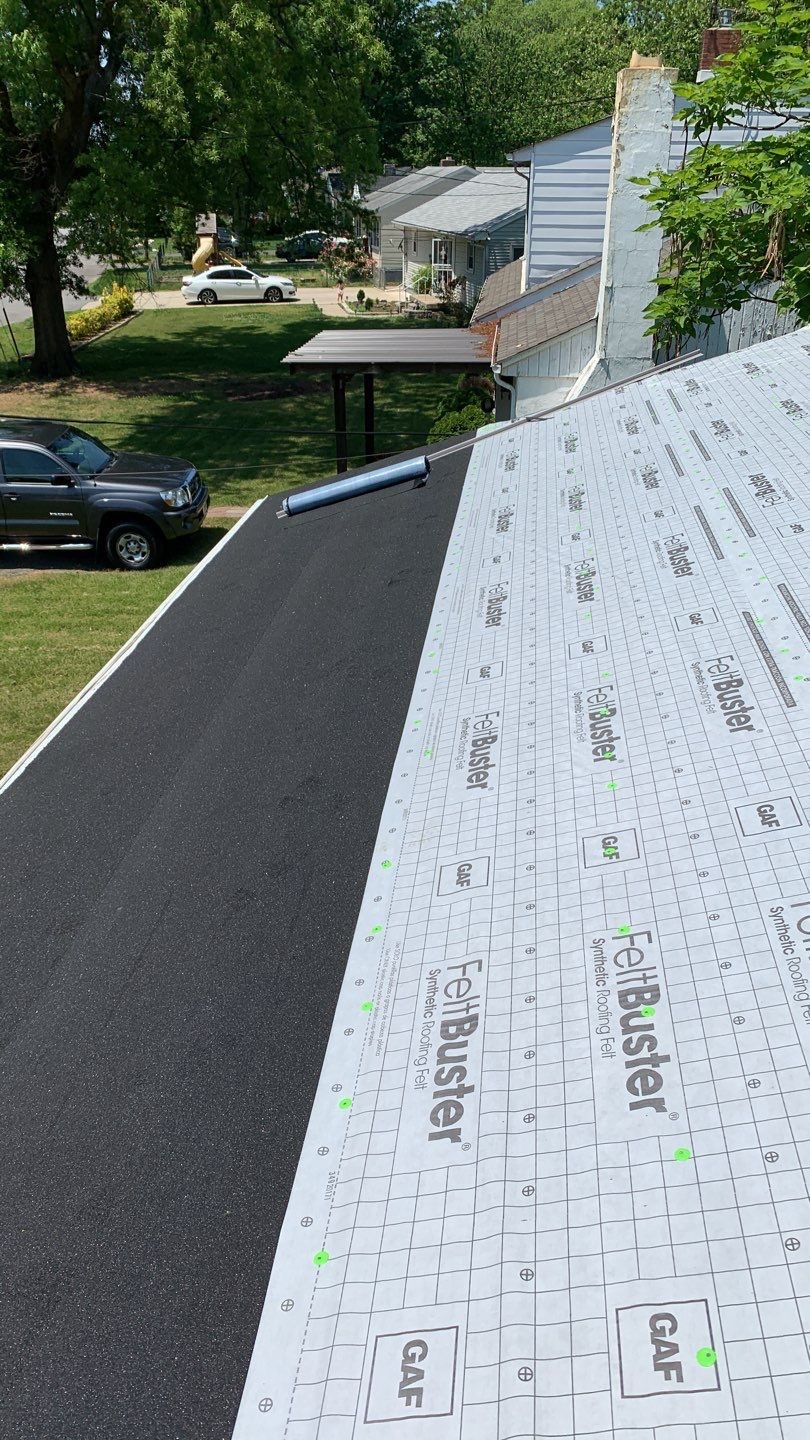
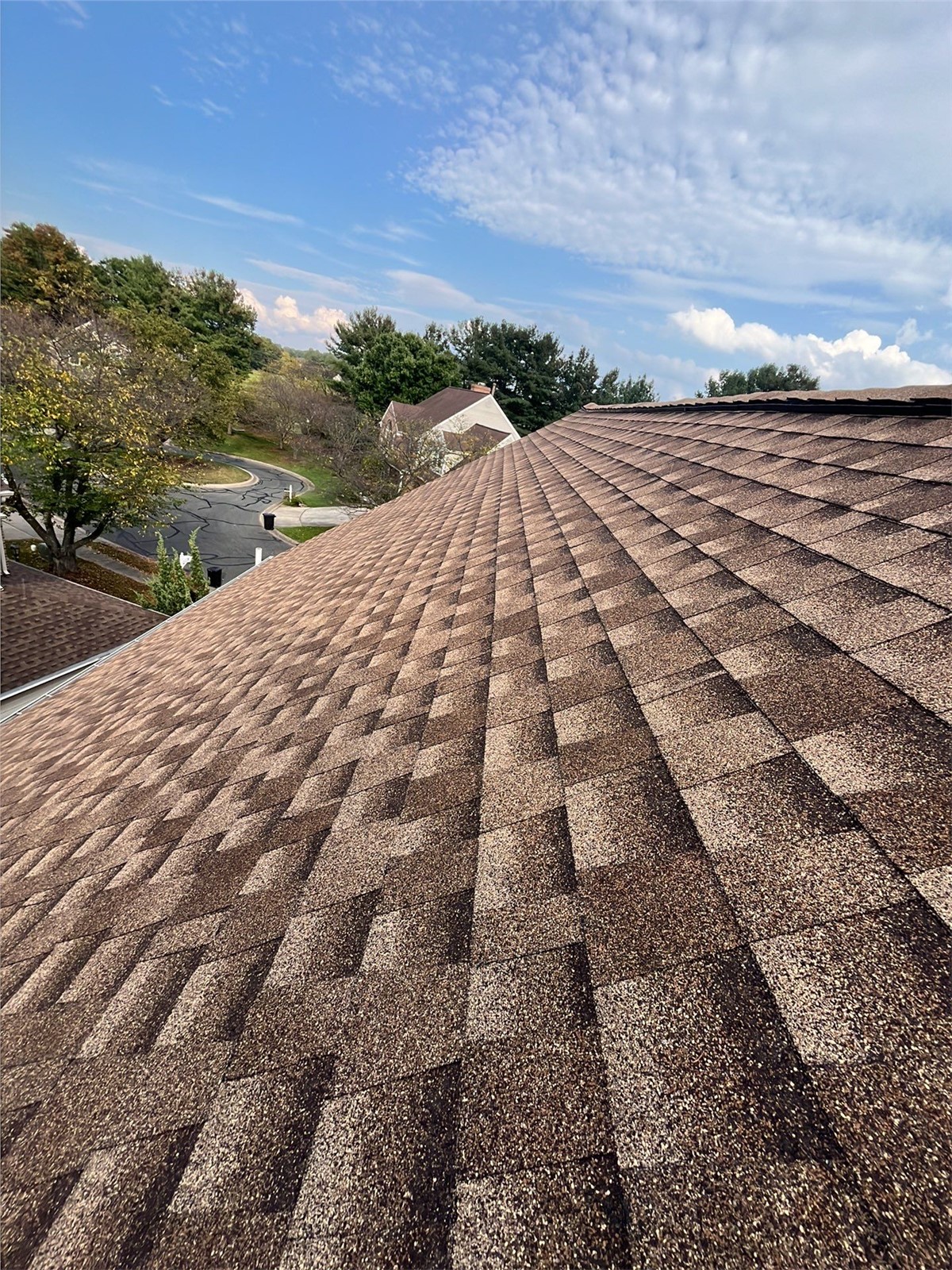

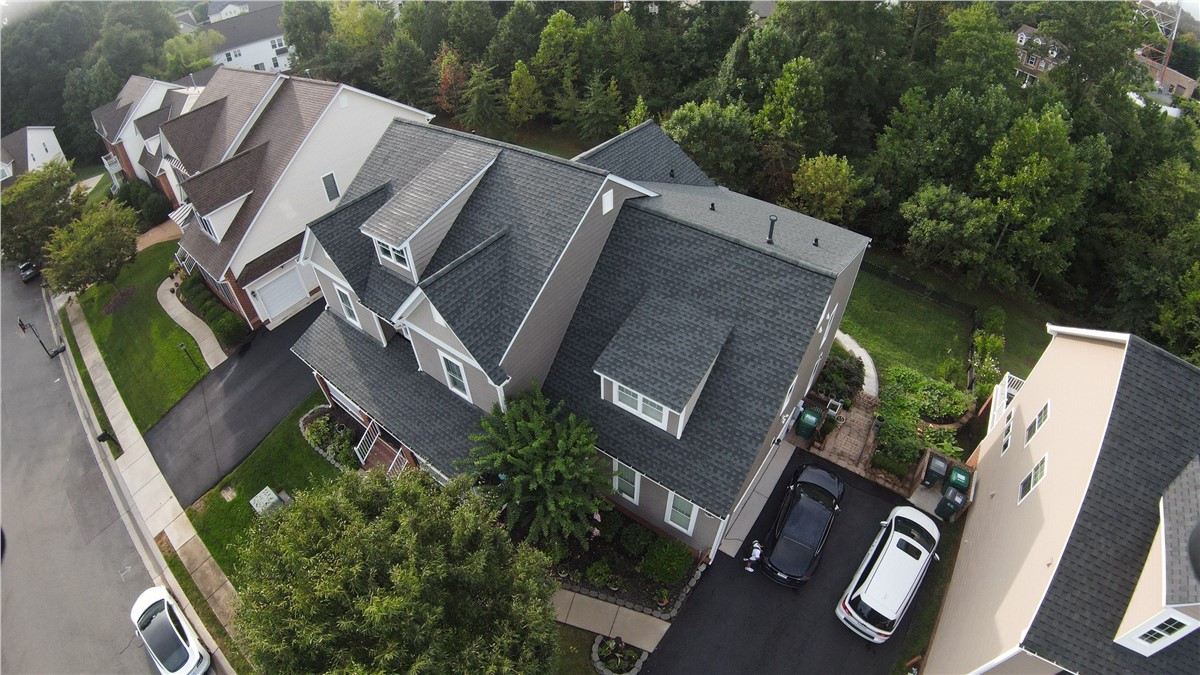
Comments